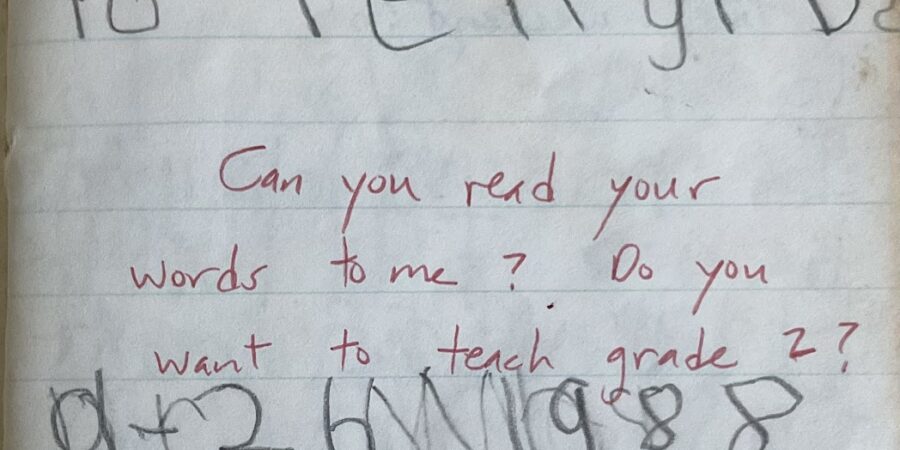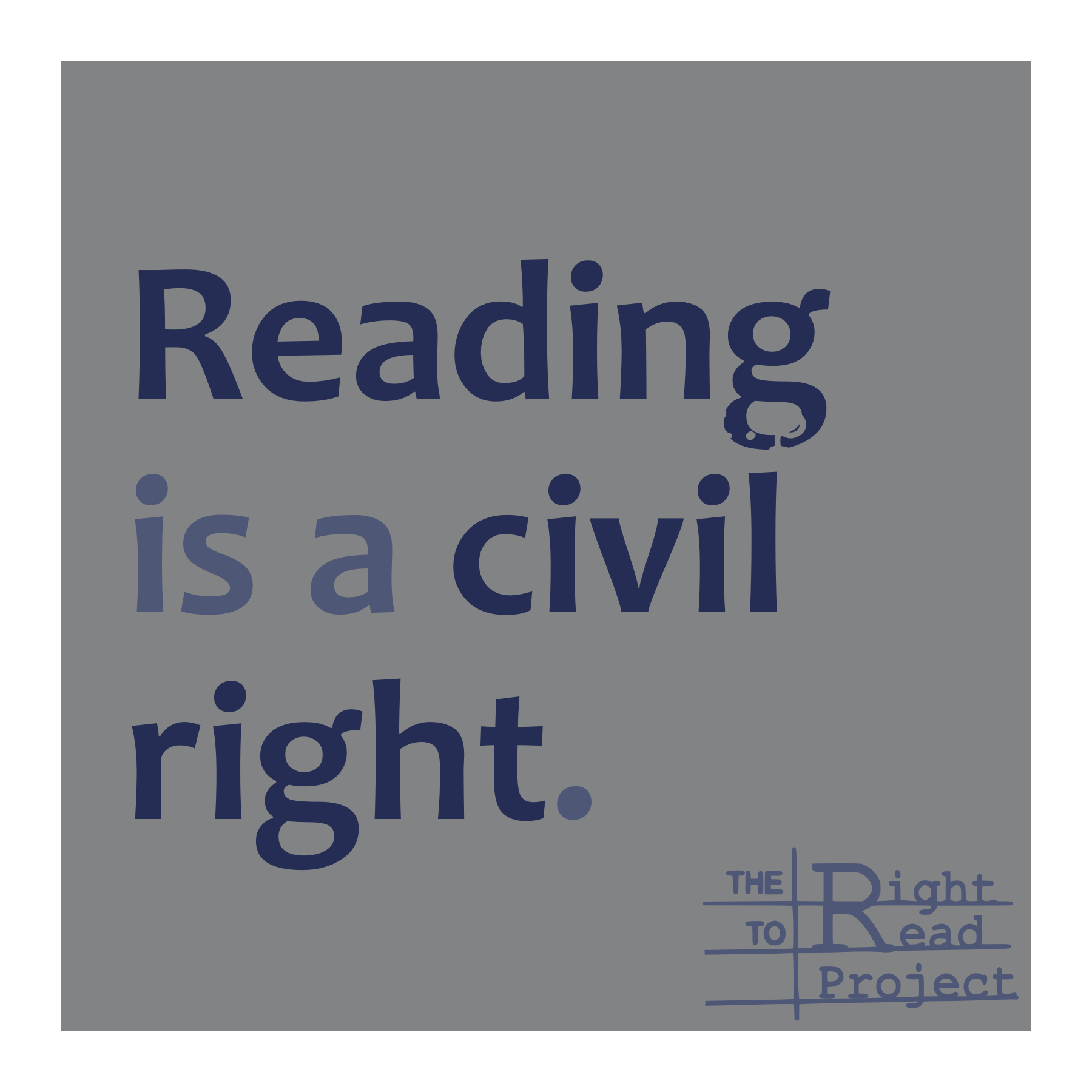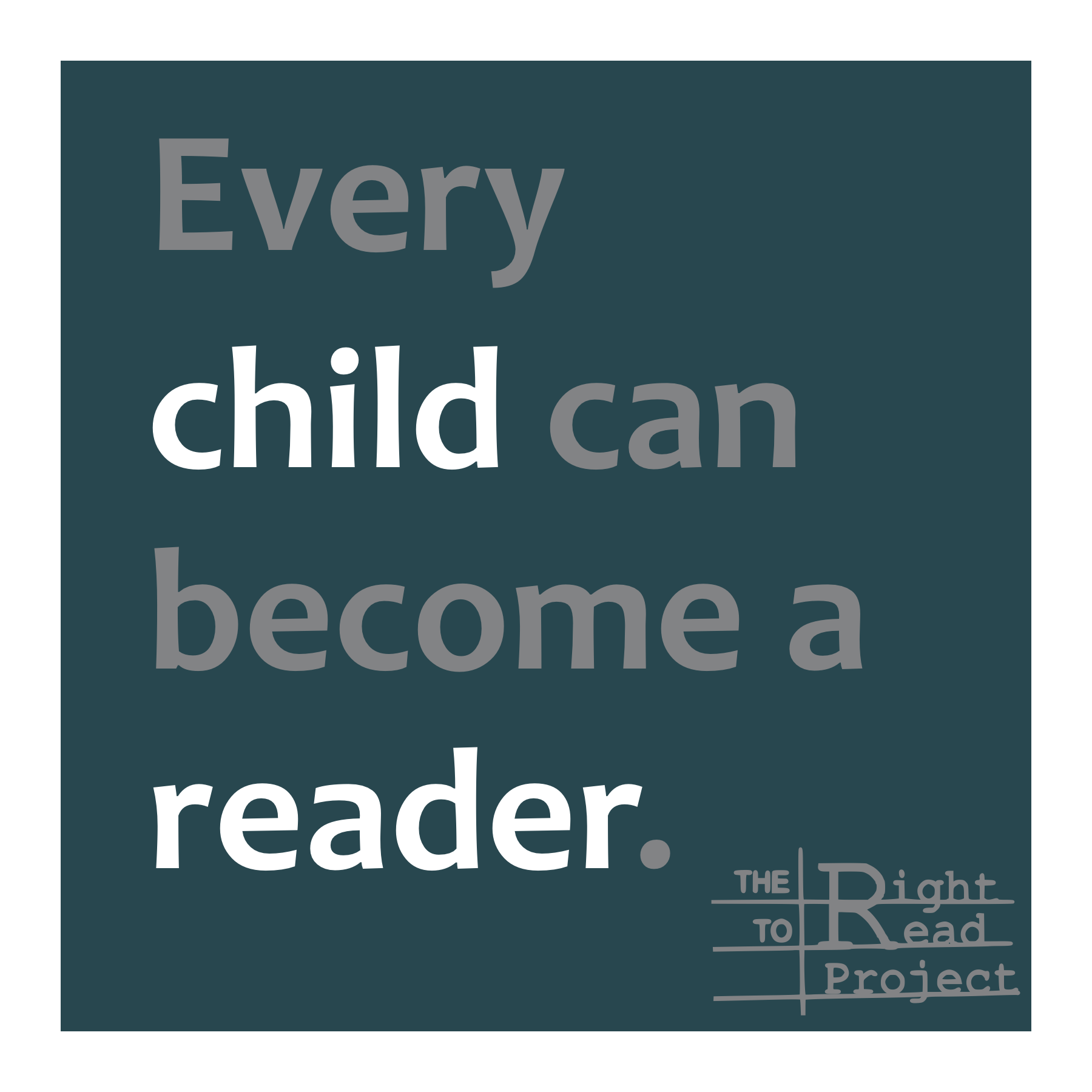Decoding x Language Comprehension = Reading Comprehension The Simple View of Reading is helping us rebalance instruction in my Balanced Literacy school district. For a while, “balance” meant whole-language reading instruction with 20 minutes of word study, even in kindergarten and first grade, so students were not developing the foundational skills necessary for reading. Many students appeared to be on track in the primary grades when they recited simple leveled-texts,

Reading Science: Not Just Phonics
From What Is the Science of Reading? Shanahan on Literacy: Teacher question: I keep hearing that teachers don’t know the science of reading. But all the teachers that I talk to say that they teach phonics. What’s really going on? In his blog, Shanahan does a wonderful job of explaining that the science of reading covers more than phonics, and his post has already come in handy for us because

Who are you calling a word-caller?
Much of the appeal of Balanced Literacy lies in its focus on reading authentic texts for meaning. It is said that under the previous adoption in my district (a basal), we were developing “word-callers,” students who could read fluently but who were unable to comprehend. Balanced Literacy was adopted in the hope that putting reading comprehension at the forefront of every lesson would cure our district of word-callers. I’m relatively








